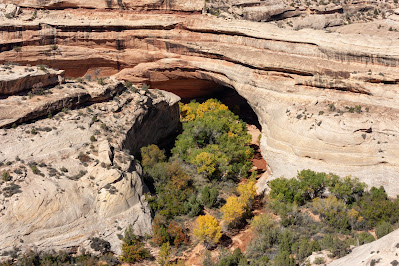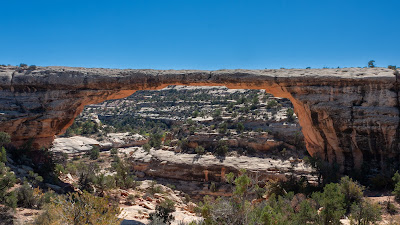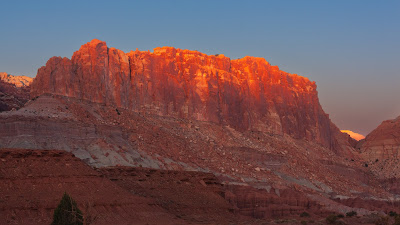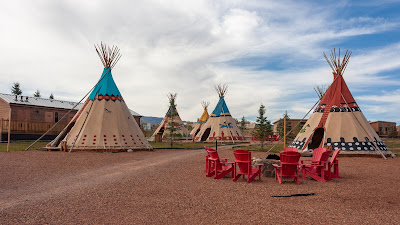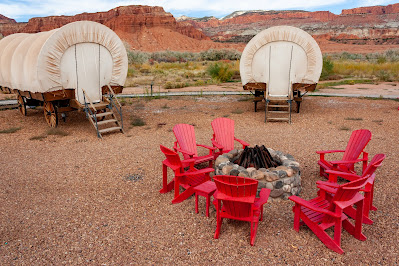Friday, October 14, and the day’s park was Natural Bridges National Monument in Lake Powell, Utah. While the park certainly has hiking trails, a lot of it can be seen from the 9 mile loop drive. First up on the one-way drive is Sipapu. Its 268 foot span makes it the largest in the park and the second largest in the world. If you don’t really see it, check the next shot.





